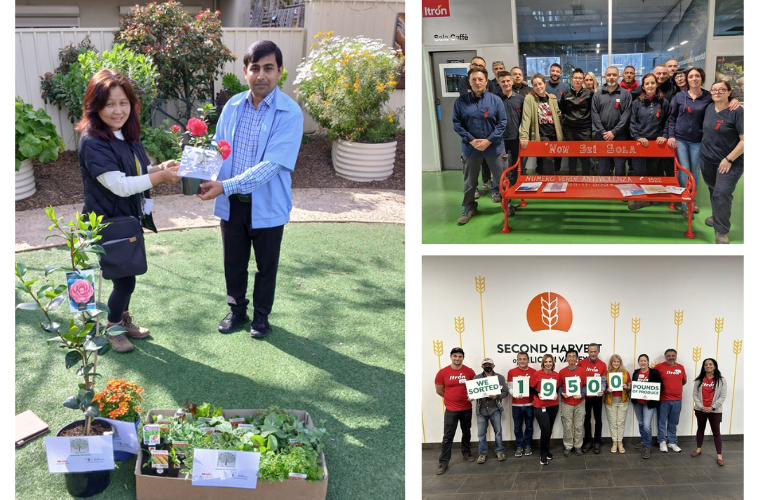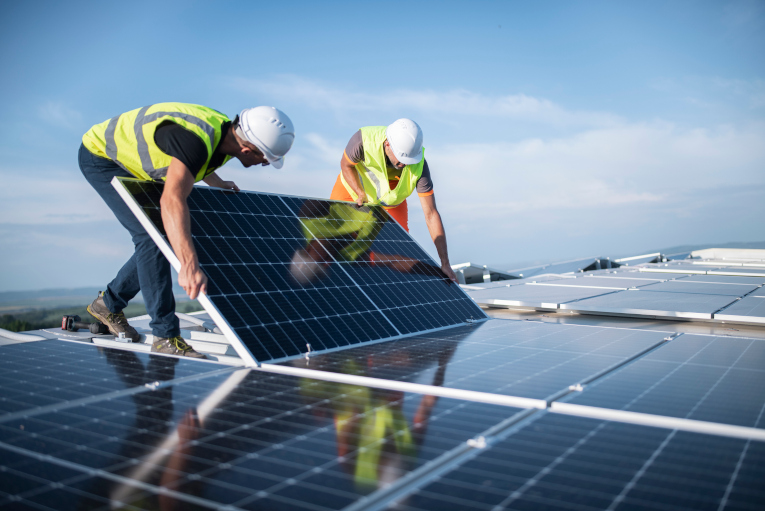
Industry Insights
Electrification 2.0: What Utilities Can Learn from the Air Conditioner Era
Today’s push for electrification, coupled with rising energy demand driven by artificial intelligence (AI), data centers, electric vehicles (EVs), heat pumps and grid-connected devices, is forcing utilities to adapt. As the energy landscape undergoes this rapid transformation, utilities face a pivotal moment reminiscent of the early 20th century: the introduction of the air conditioner.
Introducing the Air Conditioner: A Historical Perspective
Formally invented by Willis Carrier in 1902, air conditioners became household staples in the mid-20th century. They revolutionized comfort and quality of life for consumers, but for utilities, they catalyzed a seismic spike in electricity demand, particularly during summer months. Meeting this challenge required significant investments in grid infrastructure, demand forecasting and load management strategies. Utilities responded by building peaker plants, diversifying generation resources and developing rate structures that reflected the new patterns of consumption.
Fast forward to today, and the energy landscape is once again undergoing a similar shift. AI, data centers and electrification are driving a surge in electricity demand, but this time, the growth is multidimensional. EVs alone are projected to increase household electricity consumption by up to 50% or more per vehicle annually, with charging often coinciding with existing evening peaks. At the same time, heat pumps and other electrified systems are increasing winter energy loads, creating seasonal dual peaks that many grids are not yet equipped to handle.
Adapting to Electrification: Lessons from History, Insights for the Future
Just as utilities in the air conditioning era leaned on innovative solutions, today’s challenges demand fresh approaches. Here are three key parallels—and opportunities—between the two times of early adoption:
1. Infrastructure Expansion: Building Smarter, Decentralized Grids
During the air conditioning boom, utilities invested heavily in centralized generation and transmission infrastructure. Today, the need is just as urgent, but the focus has shifted to smarter, decentralized systems. Solutions like Grid Edge intelligence, comprised of next generation advanced metering infrastructure (AMI), grid optimization and distributed energy resource (DER) management, enable utilities to address the increasing demand curve without overburdening infrastructure. These solutions equip utilities to pinpoint areas of stress, manage grid assets and support growing electrification effectively.
2. Demand Management: Driving Behavior with AI & Analytics
In the air conditioning era, time-of-use rates and demand response programs emerged as tools to spread out peak loads. Today, these strategies have become more sophisticated, thanks to the advent of AI and data analytics. Behavioral load management programs, such as Duke Energy Florida’s managed EV charging initiative, use AI-driven insights to influence consumer behavior, encouraging EV charging during off-peak hours. Dominion Energy’s Peak Time Rebates Program is also a great example, which incentivises customers with rebates to reduce electricity use during times of peak demand. These types of programs enable utilities to balance grid loads without sacrificing service or reliability and support a mutually beneficial consumer-utility relationship.
3. Customer-Centric Innovation: Empowering Consumers as Strategic Partners
Early adoption of the air conditioner taught utilities the importance of understanding customer needs and usage patterns. Now, utilities are not just meeting demand, they are empowering customers to actively participate in the energy ecosystem. With electrification, utilities can leverage apps and tools that provide insights into energy usage, optimize EV charging schedules and improve overall home energy efficiency. Platforms like Itron's customer engagement solution and DataHub enable utilities to foster this collaboration with consumers, turning them into strategic partners in achieving grid stability and sustainability.
Embracing Electrification 2.0
Just as utilities successfully adapted to the widespread adoption of air conditioners, they can rise to today’s challenges posed by energy demand from data centers and electrification. While the transition won’t be without its hurdles, with the right technologies, strategies and customer partnerships, utilities can lead the way in shaping a more resilient energy future.
At Itron, we are committed to helping utilities navigate this transformation. Our innovative solutions, data-driven insights and deep industry expertise equip utilities with the tools they need to tackle the electrification challenge—transforming today’s demand surge into tomorrow’s opportunity for a decentralized, intelligent and sustainable grid. Learn more by visiting our Grid Edge Intelligence solution page.




